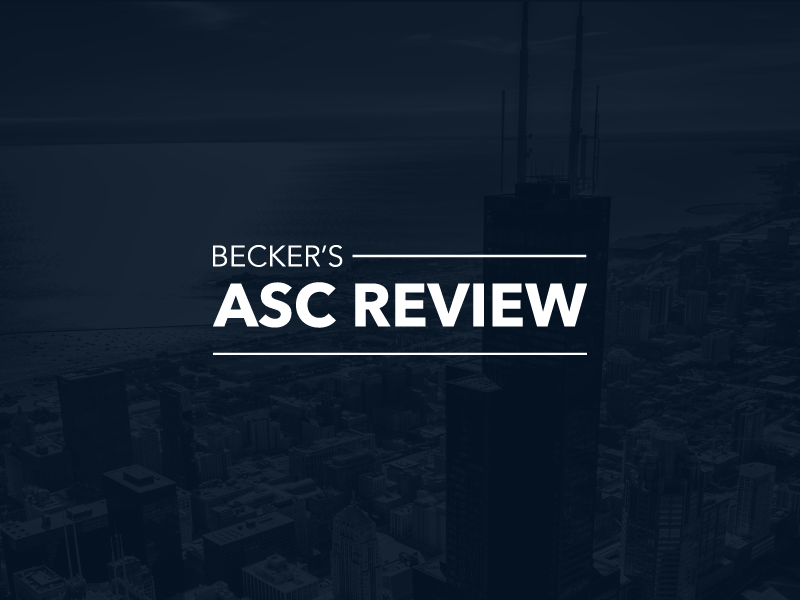I have to chime in here because I did make the decision to invest $25,000 after careful consideration. I am a pulmonologist and have a some experience with private placement through a former career in management consulting before medical school. This is definitely a legitimate business, although there is also clearly uncertainty with the investment. Nonetheless, I do see an opportunity for this company to increase the value of the investment multiple fold, with an exit strategy of either acquisition or IPO.
The business model makes sense to me as there is substantial opportunity to address an unmet need in rehabilitation services (ortho, cardiac, etc) through in-home programs that may require monitoring (e.g. cardiac monitoring). This may not only be more convenient for patients but also much more cost-efficient; the high costs of on-site rehabilitation practices make these programs money losers for medical centers, which is probably why it is such a challenge to find rehabilitation services for patients. In fact, as work and services increasing move remote, I just learned that physicians are apparently investing in a move to in-home services generally, as described here:
I’ll also provide some perspectives as to why Romtech would choose this model for funding. It is not uncommon for pre-IPO companies to choose a “private placement” approach rather than raise funds through venture capital. Venture capitalists require that a very high ownership stake to give you their money, which not only substantially dilutes to ownership stake of the founders but imposes a high burden in appeasing the VCs. While it can be onerous for a company to take the time to reach out to individual investors, in this case, because physicians like myself may be sufficiently educated to understand the value proposition, it makes sense. Additionally, as with Doximity, I can image that there would be significant value to the company at the time of exit to demonstrate that the very physicians who might use its product had chosen to put their money where their mouth is by investing.
Why use IRA funds, as I chose to do? Although there is more administrative hassle, if the investment does increase substantially, you avoid substantial capital gains taxes. And since Romtech is paying Strava’s administrative fees for managing the self-directed IRA, I think it makes sense.
In short, I would think about this as a relatively high risk investment but with significant, above average investment reward. Personally, I’m assessing maybe a 20% chance of a 10x return, a 40% chance of a 2x return, and a 40% chance of losing it all. But in a diversified portfolio, that’s actually a pretty high expected average return.
